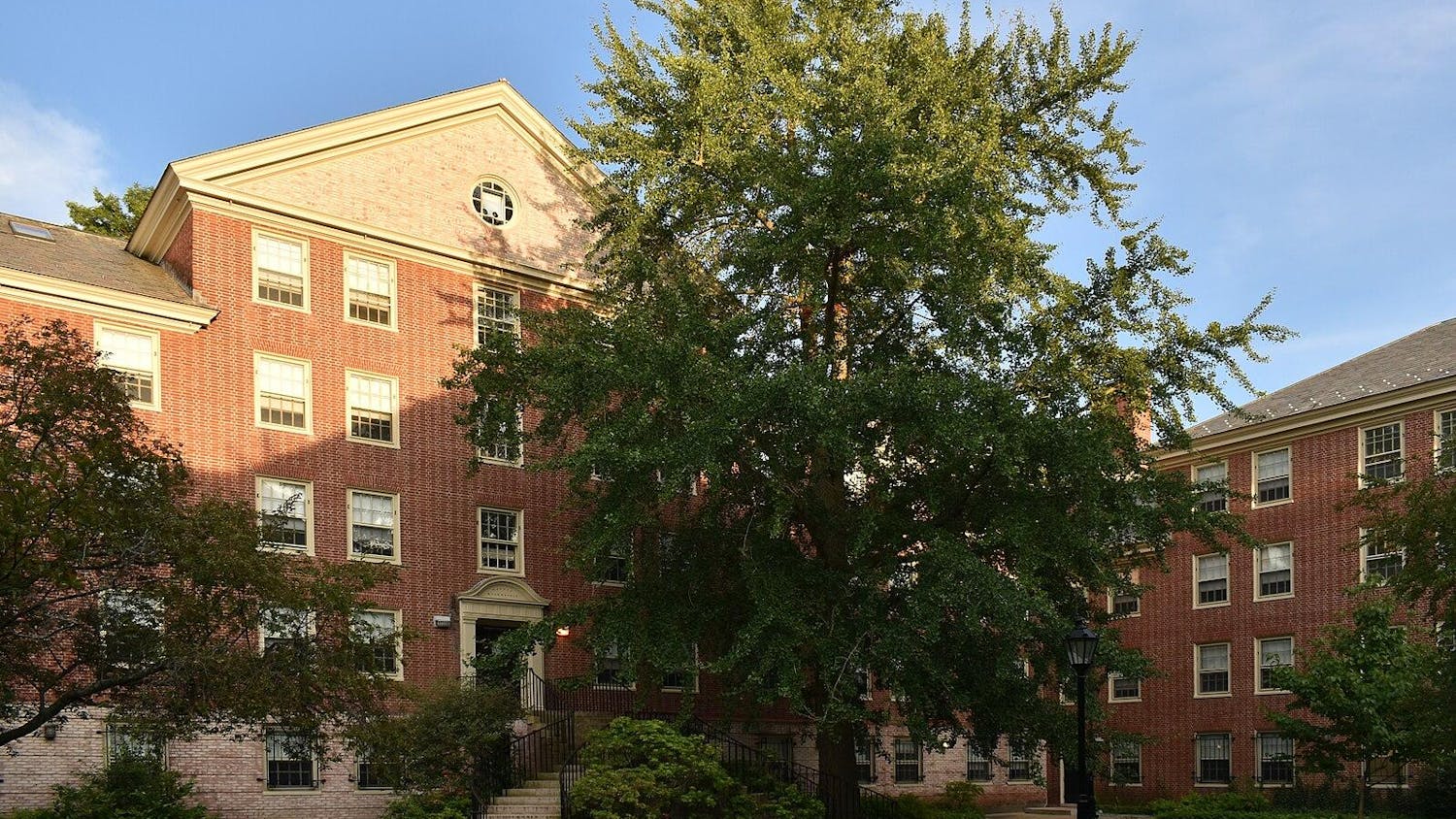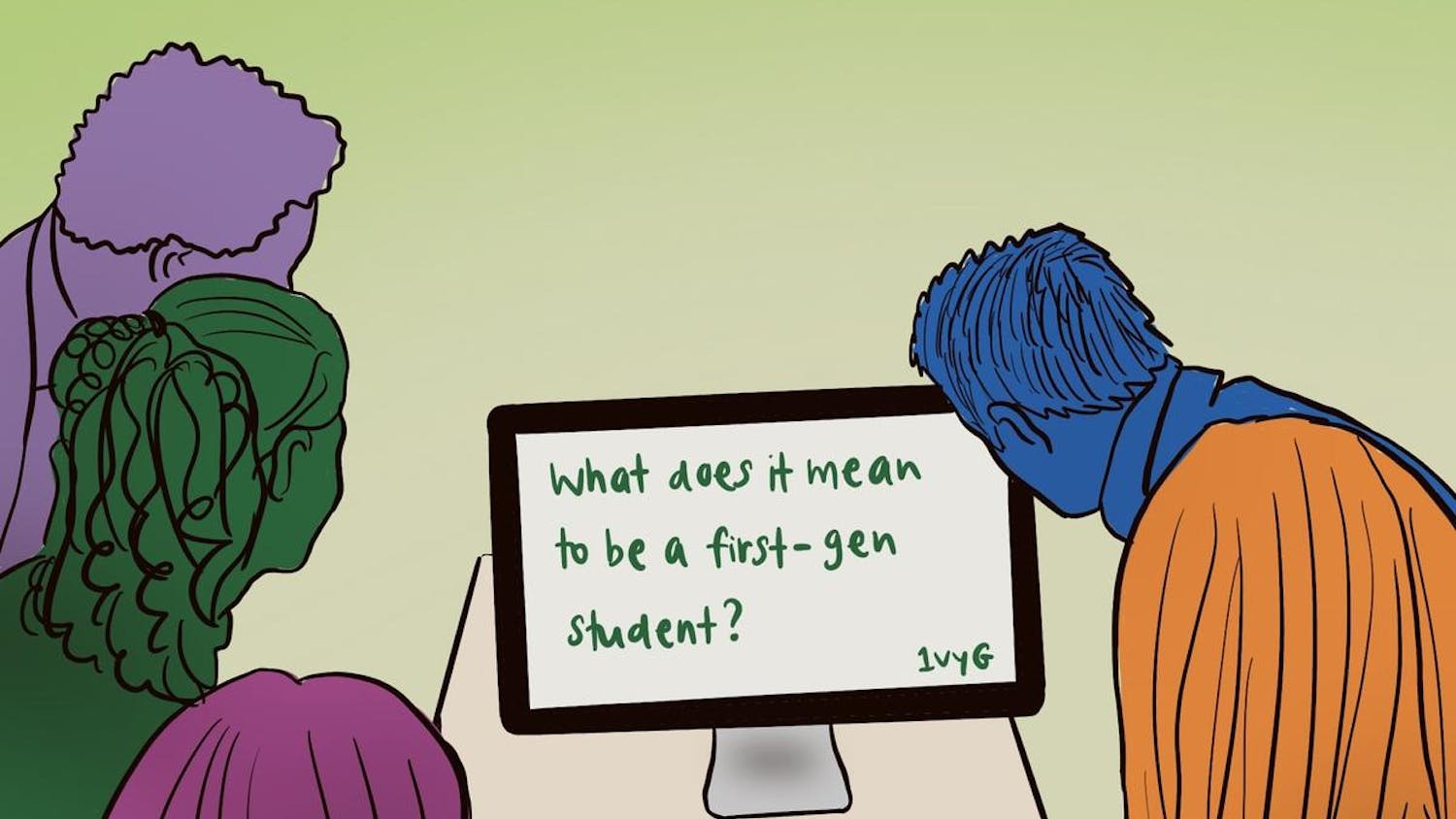The City Plan Commission unanimously approved an amendment to the University's 2006 Institutional Master Plan Tuesday night, clearing the first of two bureaucratic hurdles before renovations can begin on a new medical school building in the Jewelry District.
Administrators hope to begin construction on the facility at 222 Richmond St. this spring or summer, to be completed by August 2011, said Michael McCormick, assistant vice president for planning, design and construction at Facilities Management, at the meeting.
The University must also appear before the Providence Zoning Board of Review before construction can begin, he said.
The original master plan did not include major planning for the Jewelry District, much of which has developed over the past three years, McCormick said. The amendment detailed broad plans for the downtown area — including streetscape improvements on Richmond and Ship Streets — as well as construction specifics for the Medical Education Building.
The plan also includes a proposed renovation of the Rhode Island Center for Innovation and Entrepreneurship, currently housed at One Davol Square.
Representatives of the Providence Preservation Society, the Providence Foundation and the Jewelry District Association spoke in support of the amendment.
Though the University currently pays taxes on the 222 Richmond property, administrators hope to shift the property to the "payment in lieu of taxes" or "PILOT" agreement with the city, gradually decreasing its payments for the facility over the next 15 years, McCormick said.
McCormick also presented changes to the original plan for properties on College Hill that have arisen from financial constraints. The proposed separate fitness and aquatics center has been combined into one facility, and plans for the Creative Arts Center were slightly scaled down.
"We have been affected by the economy just like the rest of the world," he said.
He also presented a "progress report" of ongoing University initiatives.
The University has continued to gradually increase its presence within a facility at 121 South Main St., now occupying more than 60 percent of the building's office space. The building houses the Program in Public Health. The University is also looking to sell its Tockwotton Street Warehouse — previously under use as a creative arts studio — and a facility at 1128 North Main St., he said.
Students, faculty and staff have increasingly taken advantage of public and alternative transportation, he said. More than 3,000 Brown community members took advantage of the subsidized public transit fares in the fiscal year ending in June, representing a 40-percent increase from the previous year. The number of Zipcars on campus has increased from two to 11 since 2005, he said.
McCormick also addressed parking concerns in and around the College Hill campus, especially surrounding proposals for the new athletic complex. The majority of the current parking lot outside the Olney-Margolies Athletic Center will be converted to green space under current plans for the area.
Though he said this would only present a potential parking shortage during large athletic events — which occur on roughly 15 weekends each year — residents in attendance said it would still result in a noticeable increase in congestion on surrounding streets, especially at certain times of the year.
"Brown has an obligation to minimize its effect on the surrounding community," said William Touret, a former president of the College Hill Neighborhood Association.
Though he said that parking concerns do not directly relate to the amendment to Brown's master plan, "the City Plan Commission still has the responsibility to deal with them," he said.
ADVERTISEMENT




